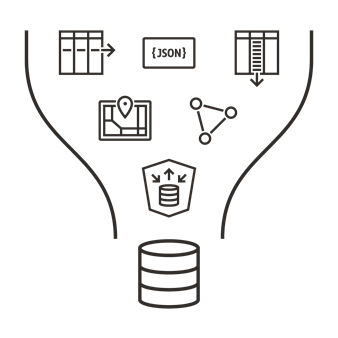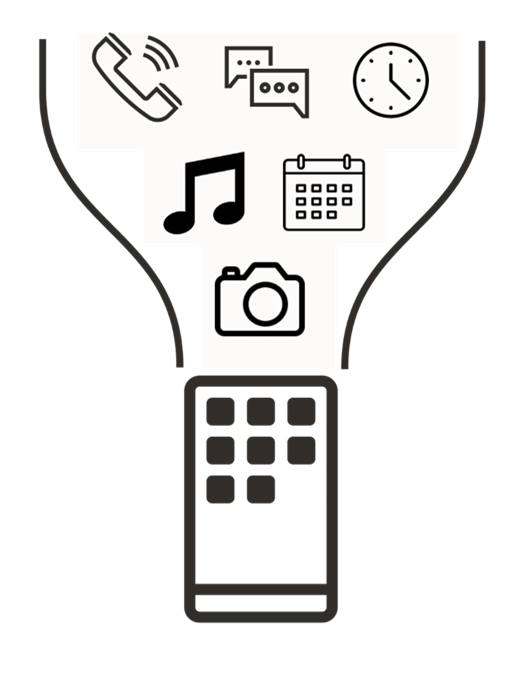As a database administrator or manager, you may have had one or more of these conversations with your application teams.
“We need to build a new mobile app so customers can submit and retrieve documents, so I will need a specialized database to store the documents, right?
Oh, wait, next week, this other project requires we provide a new payment system with user fraud protection built in to meet compliance, and I am going to store relational data as well. We’ll need a specialized Blockchain database and a relational database, right?”
These conversations can leave you concerned and frustrated, wondering how you will allocate your resources to these specialized data stores.
But perhaps the solution to your problem is not more resources but a Converged Database.
A Converged Database is a database that has native support for all modern data types, analytics, and the latest development paradigms built into one product.

Converged Databases support Spatial data for location awareness, JSON for flexibility, IoT for device integration, in-memory technologies for real-time analytics, and of course, traditional relational data. A Converged Database can run all sorts of workloads, from Geo-Distributed to Blockchain to Analytics and Machine Learning. It can also handle any development paradigm, including Microservices, Events, REST, SaaS, and CI/CD, to name a few.
Traditionally when new data management technologies first come out, they are implemented as separate products. For example, when Blockchain first came out, it was a separate stand-alone system that required you to use an entirely different, proprietary way to store and access data.
By integrating new data types, workloads, and paradigms as features within a Converged Database, you can support mixed workloads and data types in a much simpler way. You don’t need to manage and maintain multiple systems or worry about providing unified security across them.
You also get synergy across these capabilities. For example, by supporting Machine Learning algorithms and Spatial data in the same database, you can easily do predictive analytics on Spatial data. Making it dramatically easier and faster to develop data-driven apps.

A good analogy for a Converged Database is a smartphone. In the past, if you wanted to make phone calls, you would use a phone, and if you wanted to take a picture or video, you would use a camera. If you tried to navigate somewhere, you would need a map or a navigation system. If you wanted to listen to music, you needed an iPod or other similar device.
But with a smartphone, all these products have been converted or converged into one. Each of these original products is now a feature of the smartphone. Having all these features combined into a single product inherently makes your life easier, as you can stream music over the phone’s data plan or upload pictures or videos directly to social media sites.
The same ease of use and convenience you get from a smartphone also hold for a Converged Database.
The Oracle Database is an excellent example of a Converged Database, as it provides support for Machine Learning, Blockchain, Graph, Spatial, JSON, REST, Events, Editions, and IoT Streaming as part of the core database at no additional cost. It allows you to support many diverse projects using a single platform, significantly reducing complexity and management overhead while minimizing risk.
A converged database does not mean data must be in one monolithic database. A converged database enables you to choose your data architecture for each application. You decide when to consolidate data into fewer databases and when a fully distributed design is best.
In the video below, Juan Loaiza does a great job explaining what a converged database is and the benefits you get from it.
